Die Förderung wird heuer bereits zum fünfzehnten Mal vergeben und soll es Nachwuchstalenten ermöglichen, sich ein Jahr lang ausschließlich ihrem Schaffen zu widmen. Bewerben konnten sich Studierende, die an einer der folgenden vier Kunstuniversitäten in Österreich studieren: Akademie der bildenden Künste Wien, Universität für angewandte Kunst Wien, Kunstuniversität Linz und Universität Mozarteum Salzburg. Die Universitäten trafen im Frühling eine Vorauswahl, im Herbst wird eine unabhängige Fachjury über die Vergabe entscheiden.
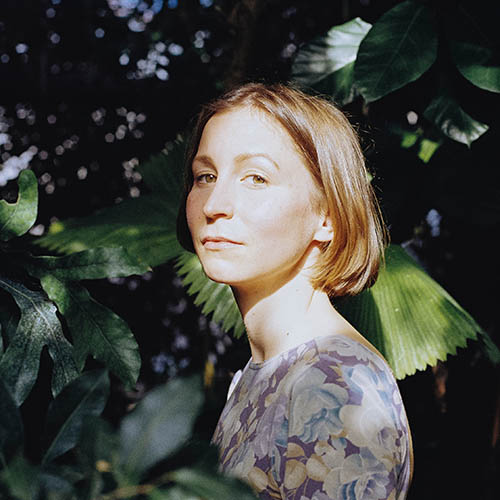
Adina Camhy (c) Lena Prehal 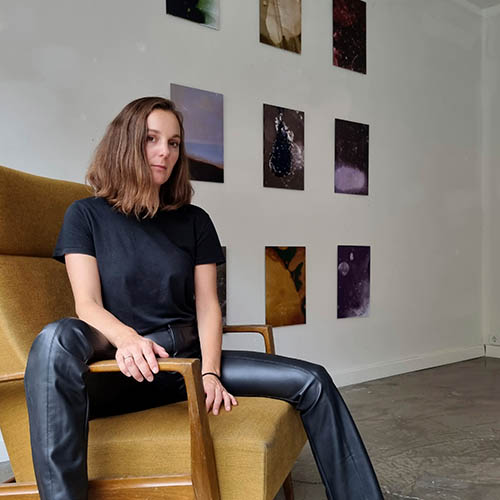
Angelika Wienerroither (c) Christian D. Winkler 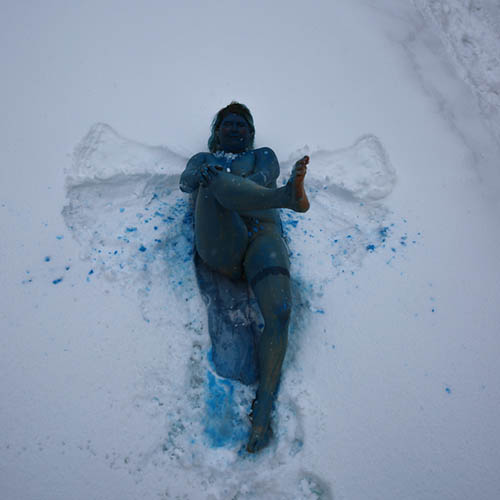
Daniela Kasperer (c) Shona Doyle 
David Kapl (c) Nora Loimayr 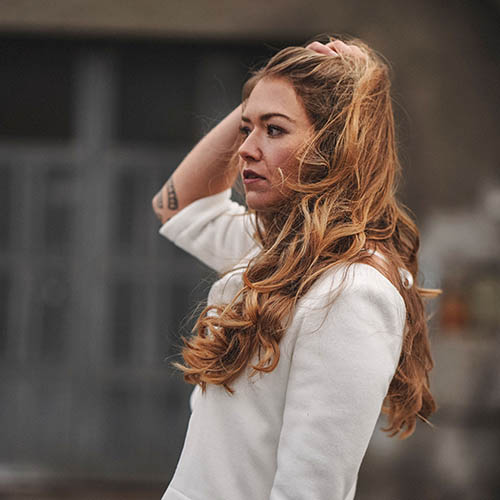
Franziska Nössing (c) Madeleine Gabl 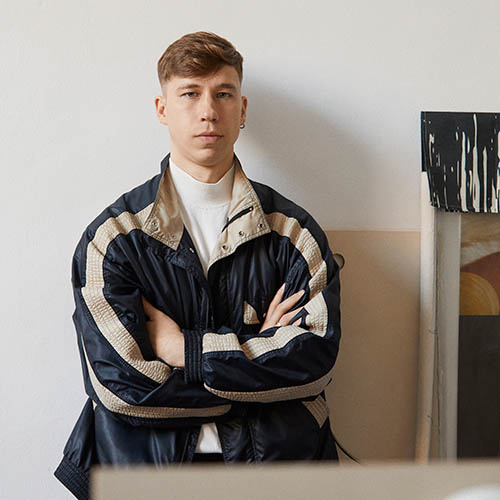
Gleb Amankulov (Kulpin) (c) Maria Ritsch 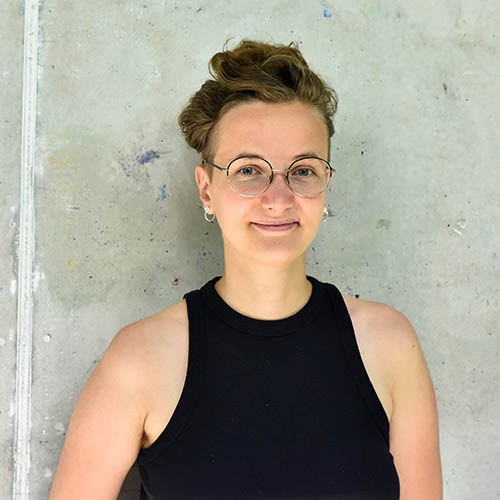
Melanie Moser (c) Katharina Grafinger 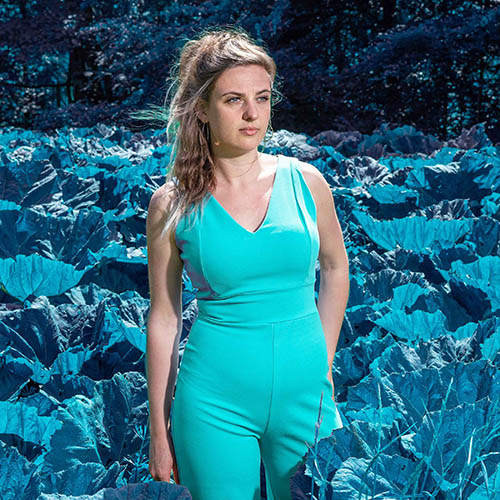
Noor Stenfert Kroese (c) Bas de Brouwer 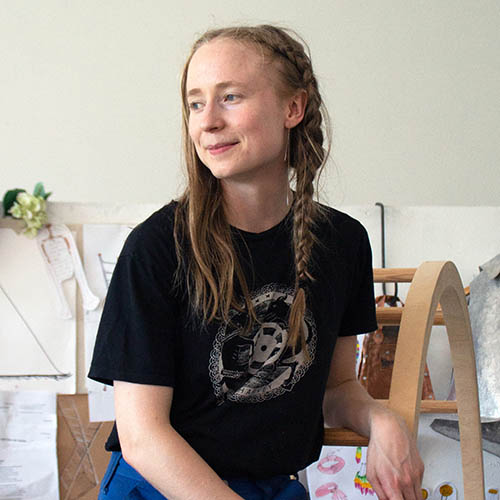
Rebecca Rothenborg (c) Rogine Moradi 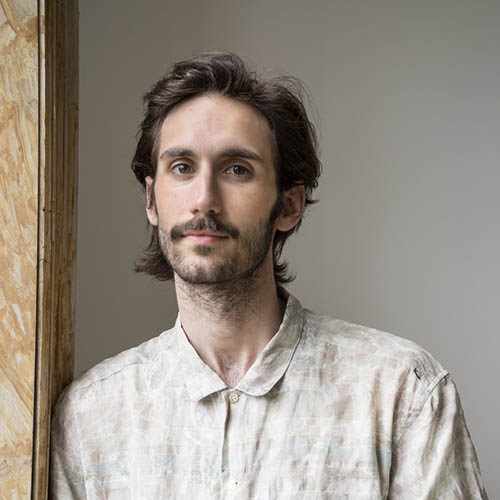
Reichl_Porträt (c) Lucia Elena Prusa 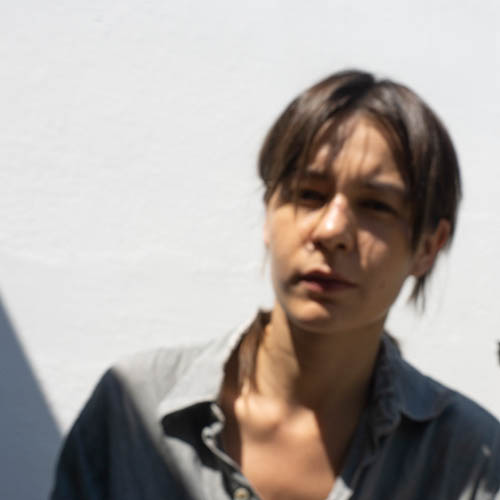
Sophia Latysheva (c) Sophia Latysheva 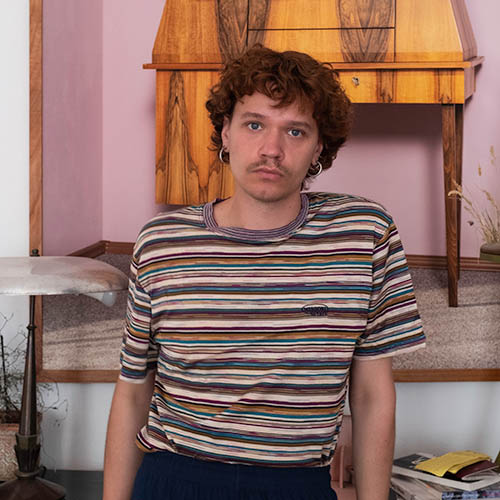
Tobias Izso (c) Tatjana Bergmeister
Zusätzlich zur Juryentscheidung hat das Ö1 Publikum die Möglichkeit, aus allen Finalistinnen und Finalisten eine/n Publikumssieger/in zu küren. Mittels Online-Voting kann von 23. August bis 6. September abgestimmt werden. Mit Ihrer Stimme ermöglichen Sie dem/der Gewinner/in die Präsentation seiner/ihrer Werke in einer gemeinsamen Ausstellung der fünf Shortlist-Kandidat/innen von 3. November bis 11. Dezember im Wiener Leopold Museum sowie eine kostenfreie Teilnahme am ARTIST STATEMENT im Rahmen der PARALLEL VIENNA im Jahr 2023. Heuer findet die Kunstmesse übrigens von 6. bis 11. September wieder in der Wiener Semmelweis-Klinik statt.
Weitere Informationen findet ihr unter www.oe1.orf.at/collection/583298.




